In a rapidly evolving financial landscape, one thing is clear: banks that prioritize agility and data-driven customer-centricity are not just staying afloat—they’re thriving.
During the recent American Banker webinar, “Smart Banking in 2025: Intelligent Technologies Defining CX and Operations,” I had the pleasure of speaking alongside Sarah Howell about the big shifts seen in banking—particularly around digital transformation, compliance, and customer experience (CX). What we’re witnessing is more than just an evolution of technology; it’s a redefinition of what it means to engage, retain, and serve customers in an evolving, connected, data-driven world.

Where You Stare, You Steer
To frame the conversation, I shared a story about explaining customer experience to my teenage daughter. It led us down an interesting path—realizing that the word “experience” comes from the Latin phrase meaning “to try.” It reminded me that real innovation stems from experimentation and an effort to become an expert. But for most financial institutions, this iterative, experimental process is still a major hurdle. You can’t experiment without the right foundations of data and channels. Unfortunately, many banks are still stuck with fragmented systems, siloed data, and inflexible infrastructure.
Driving omnichannel, integrated customer engagement is difficult, and to truly be nimble (“experimental”), banks have to take a hard look at antiquated systems, their silos, and start thinking about transformation in this area.
Webinar
Smart banking in 2025: Intelligent technologies defining CX and operations
Gain firsthand insights into the latest trends and technologies— and walk away with actionable strategies to future-proof your business.
The Case for Unified Communication and Data Platforms
Let’s be honest: omnichannel is a buzzword that often fails to reflect reality. Most banks are operating with a disjointed communication infrastructure—alerts that don’t match experiences, channels that don’t sync, and customer service agents that lack access (and visibility) into all the customer touchpoints. I personally experienced this after a simple mobile check deposit turned into a frustrating back-and-forth with my bank’s contact center. It wasn’t a technology problem per se—it was a system integration problem, a messaging/content problem, and an access issue. From the agent: “Can you read the alert you received from us?” Gasp. Cringe (to quote my teenage daughters).
The Solution? Integration and Simplification
By integrating and consolidating customer communication systems—and leveraging data—financial institutions can streamline operations, improve agility, and enhance customer service. In this example, the agent simply wants to help me and move on to the next task. However, the lack of proper system integration clearly prevents the delivery of an “effortless experience.”
Additionally, the wrong content was sent to me, which caused confusion and led to an unnecessary interaction with the contact center. Often, simple content management changes—such as updating a remote deposit alert—are nearly impossible to implement quickly without relying on labor-intensive, code-based processes. We’ve worked with clients who made over 1,200 content changes like these in a single year—without incurring additional development costs or delays. That level of speed and control isn’t just a nice-to-have; it’s essential in a market where launching new products or adapting to regulatory changes can’t wait six months.
Data-Driven Personalization Is the New Loyalty Driver
Sarah touched on a key point: personalization isn’t just about marketing—it’s about trust. When a bank treats me like a stranger in one channel or line of business and a valued customer in another, it creates friction. That dissonance erodes loyalty.
Banks that unify their communication platforms and data systems can deliver consistent, personalized experiences across touchpoints—from mobile alerts to branch interactions. That consistency builds credibility and deepens relationships.
Centralized Customer Data Powers Future-Ready Experiences
Digital identity, embedded finance, and regulatory shifts (like those we’re seeing in the EU) are pushing us toward a future where centralized, accurate, and accessible customer data is table stakes. Whether it’s onboarding a customer through open banking APIs or understanding indirect customer relationships in embedded finance models, centralized data makes it all possible. Further, to help take advantage of innovation such as GenAI, data and communication centralization will certainly drive faster speed to market and better capitalize on market opportunities.
Innovate with Intention
We closed the session with a simple takeaway: focus on the fundamentals. Begin with clean, consolidated data. Build engagement systems that empower, not hinder. And always, always put the customer at the center.
Because when you do, agility becomes your norm—not your aspiration.
To learn more watch our webinar Smart banking in 2025: Intelligent technologies defining CX and operations and gain firsthand insights into the latest trends and technologies— and walk away with actionable strategies to future-proof your business.







